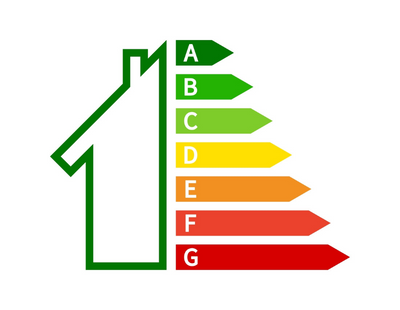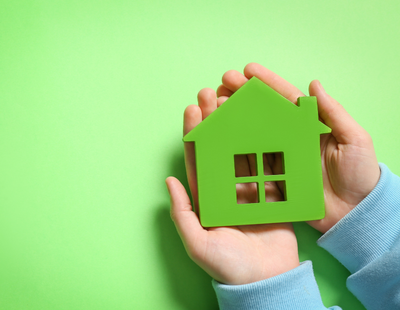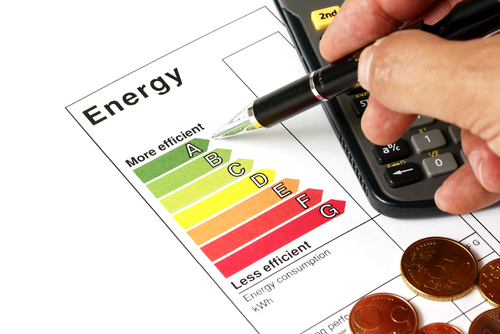As energy prices have increased 70 per cent in the UK this year, so more homeowners have fitted small-scale solar panel installations - the highest number for five years.
New government figures show that at the end of September 2022, 1.2m solar PV systems had been installed in the UK. An estimated 97 per cent of them generate up to 10KW of electricity.
That number has increased by 10 per cent in the past year on the back of 110,000 new small-scale solar panel installations in the year to the end of September – the highest uptake for five years.
An analysis by Savills shows that the UK’s homes are responsible for emitting 64 million tonnes of carbon dioxide equivalent - one-fifth of total UK CO2 emissions, up from 14 per cent in 2014.
Owner occupiers are the biggest emitters due to their energy usage. Just one-third of privately owned homes hold an EPC C certificate or better, and in total emit an average 3.9 tonnes of CO2 emissions per household, according to official data.
Conversely, homes for social rent are the most energy efficient – with more than half of these properties holding an EPC B, though average emissions of 2.5 tonnes per household are unchanged since 2013.
“The biggest issue that the residential property sector faces is the age of its privately owned stock. The vast majority (85%) of pre-war homes in England hold an EPC D certificate, or worse, whereas almost all properties built from 2012 onwards hold at least an EPC C” comments Lucian Cook, head of residential research at Savills.
“Retrofitting our outdated housing stock is the key to ensuring that the sector can make a positive contribution to the UK’s net zero by 2025 target. Insulation dominates the measures undertaken under initiatives under the Green Homes Grant, in line with the .Fabric First. approach propounded by the Government. But, owners of older homes are also increasingly looking at their source of energy” says Cook
Savills research of its client base shows that having investigated the cost and returns from various energy improvement measures, homeowners remain more likely to install a more efficient boiler than install fossil fuel-free alternatives. But, when it comes to those fossil-free options, solar is coming out on top.
Some 16 per cent of respondents to its survey had installed a replacement boiler in the past year, which is roughly half the number who had investigated this option. In comparison, just five per cent had installed solar panels; roughly one in six of those who had investigated it.
Meanwhile, only two per cent had installed ground source heat pumps.
“While air or ground source heat pumps are often talked about, it looks as though solar is the preferred choice for many who are looking to move away from fossils fuels, partly because the technology is better to understand, less invasive, and is often a more natural next step for homeowners once they have installed double glazing and loft insulation” continues Cook.
This is not just confined to the installation of solar panels to generate electricity. The installation of solar water heating, known as solar thermal, has been almost twice as popular as installing an air source heat pump under the Green Homes Grant according to government data (7,485 installations v 3,966).















%20-%20IMAGE%20Client%20Accounting%20%E2%80%93%20what%20are%20your%20options.jpg)




Join the conversation
Be the first to comment (please use the comment box below)
Please login to comment